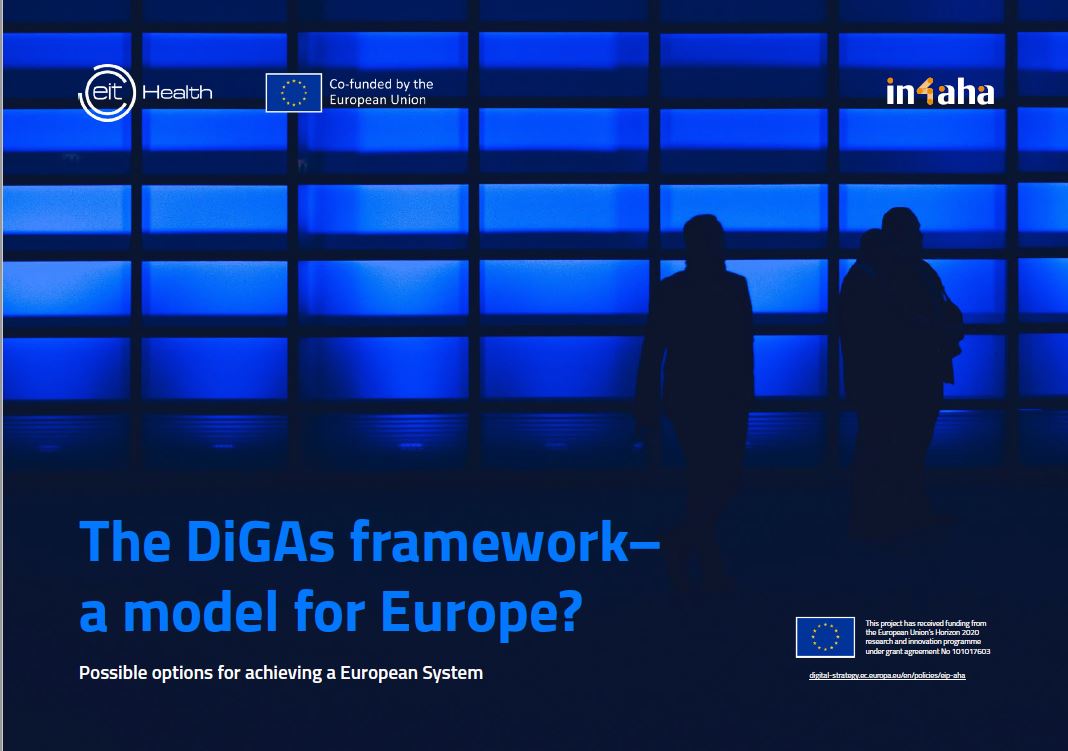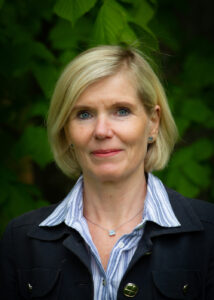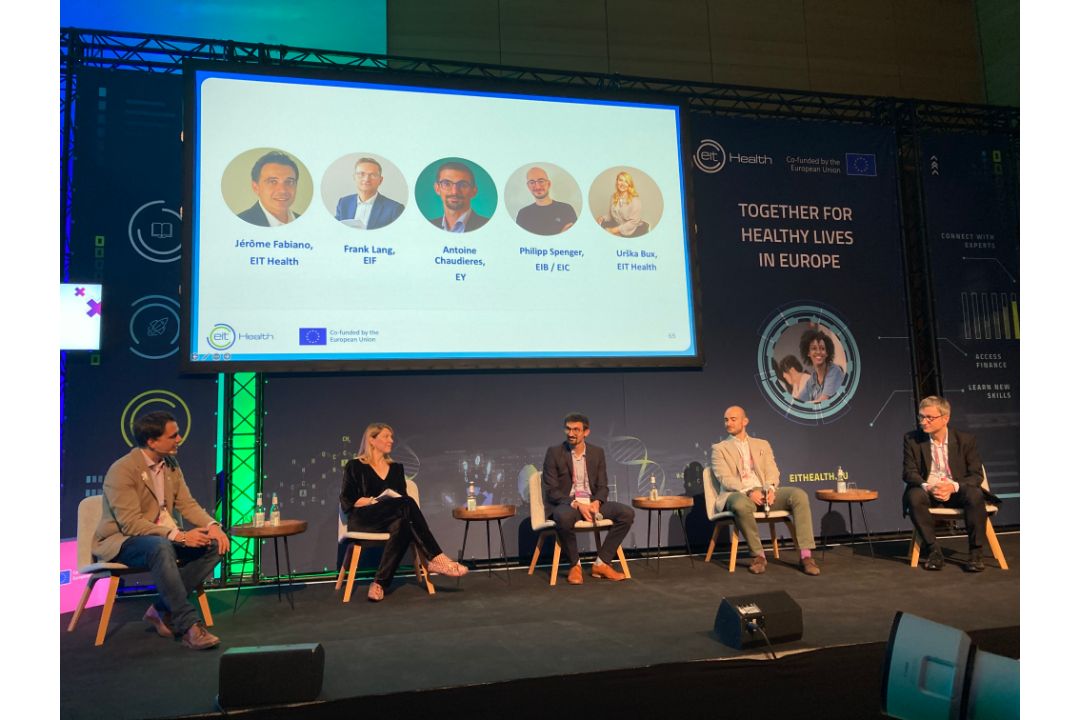15th March 2022

Development need to be accelerated considerably in order for the supply of digital health solutions to be able to meet the challenges of future healthcare. EIT Health Scandinavia works continuously on several fronts to drive development. A round table discussion was recently held with stakeholders from the Nordic countries and Estonia to discuss challenges and possible solutions on how digital applications can be adopted faster into the healthcare systems.
-One of EIT Health Scandinavia’s focus areas is to support the development of digital health, which also includes trying to simplify and coordinate the evaluation process of health apps so that it becomes easier for innovative companies to bring their products to market. Germany, France and the United Kingdom are pioneering countries here, and Norway and Finland are also well on their way. Germany, for example, has created a fast track for DiGAs into the reimbursement system and France is in the process of implementing a similar model as Germany,
says Annika Szabo Portela, Interim CEO at EIT Health Scandinavia.


The lack of coordination between countries has created a bottleneck that delays the path of health apps to the market. Many of the companies that develop health apps are also startups with limited resources that do not have the opportunity to evidence base and make so-called peer reviews. The help needed to navigate the various regulations that lead the way to reimbursement systems in different countries is not enough.
To shed light on the current situation at both national and European level and to discuss whether the German model may also be suitable for other European countries, EIT Health Scandinavia, together with the IN-4-AHA consortium2, invited to a round table discussion. The conversation was attended by 15 different stakeholders from the Nordic countries and Estonia to discuss “best practice” and how to tackle today’s challenges in bringing health apps to the Nordic and Baltic markets.
– Many companies and developers look at the United States first because it is a large common market. It is therefore extremely important for Europe to find common solutions and collaborations in how medical applications are evaluated. Otherwise, patients in the EU risk slipping behind and will have inferior access to new health apps,
says Marie Gårdmark, CEO of RegSmart Life Science AB and one of the participants in the round table discussion.


Some of the criteria discussed were those also identified by the leading health app evaluation and advisor organisation, British ORCHA:
- Establish an effective assessment process
- Define the process for how the applications are to be accessed and used in healthcare
- Establish systems and processes that enable the healthcare system to use the applications in the way that suits them
- Integrate digital healthcare into key routines
- Find sustainable replacement systems
It is not enough that part of the process works, but all parts must be in place for a health app to become a natural part of the healthcare system.
The Nordic meeting was attended by a total of fifteen people from various authorities and companies such as the E-health authority, the Medical Products Agency, Karolinska Institutet, RegSmart and ORCHA (see the report for a complete list of participants).
EIT Health has previously also conducted round table discussions in Germany, France and Spain, and round tables in several countries are planned for the spring in Hungary, Italy, Poland and Portugal.

What is a Digital Health Application (DiGA)?
Medical device of the risk class I or IIa (according to the Medical Device Regulation (MDR) or the transitional regulation Medical Device Directive (MDD)). Information as to “when is an App a medical device?” can be found here.
Download
Population forecast for Sweden https://www.scb.se/hitta-statistik/sverige-i-siffror/manniskorna-i-sverige/befolkningsprognos-for-sverige/
The Innovation Networks for Scaling Active and Healthy Ageing (IN-4-AHA), is an EU project that runs from January 2021 until January 2023, and is funded under Horizon 2020. https://digital-strategy.ec.europa.eu/en/policies/eip-aha
New report reveals skills gaps impeding healthtech innovation

A must-read for healthcare start-ups and venture capitalists
Perspectives on the HealthTech ecosystem

Key takeaways from the health.tech conference 2024
